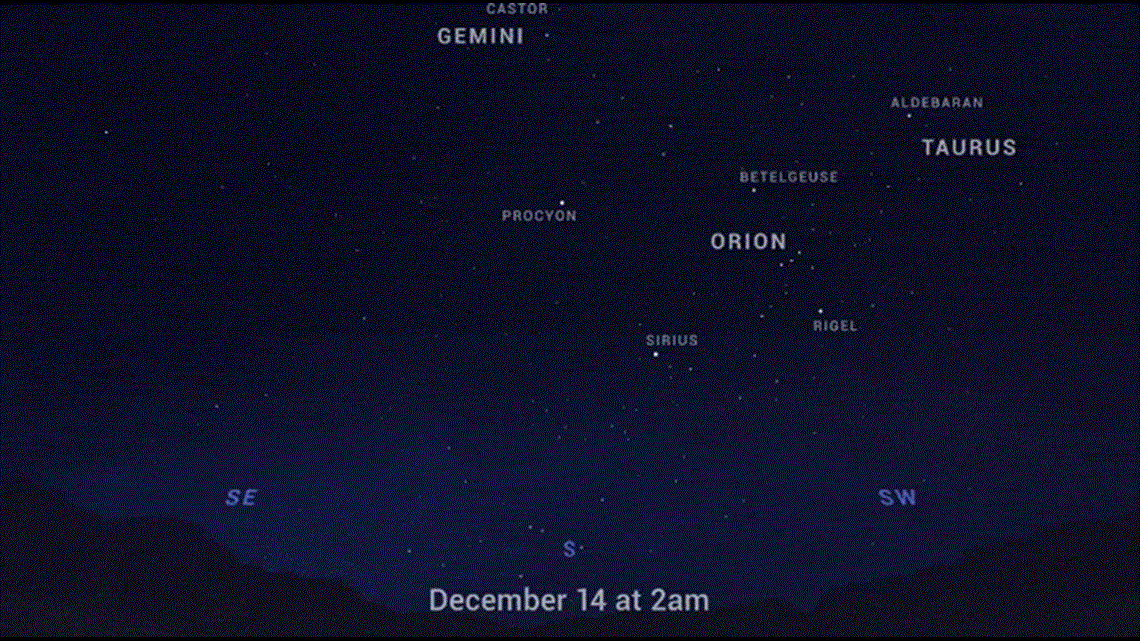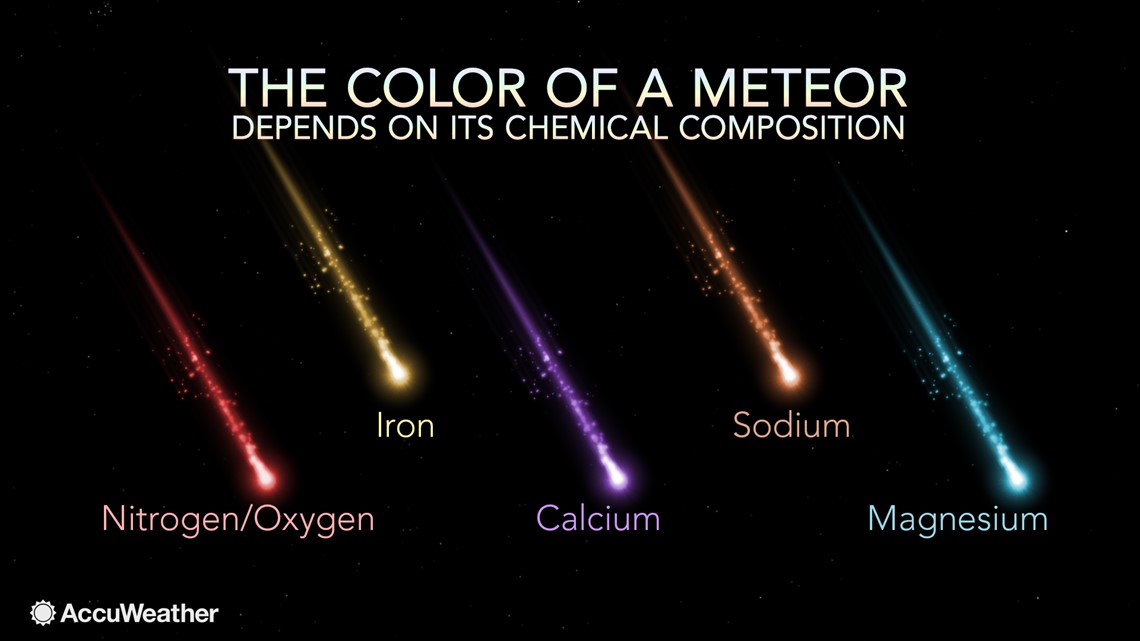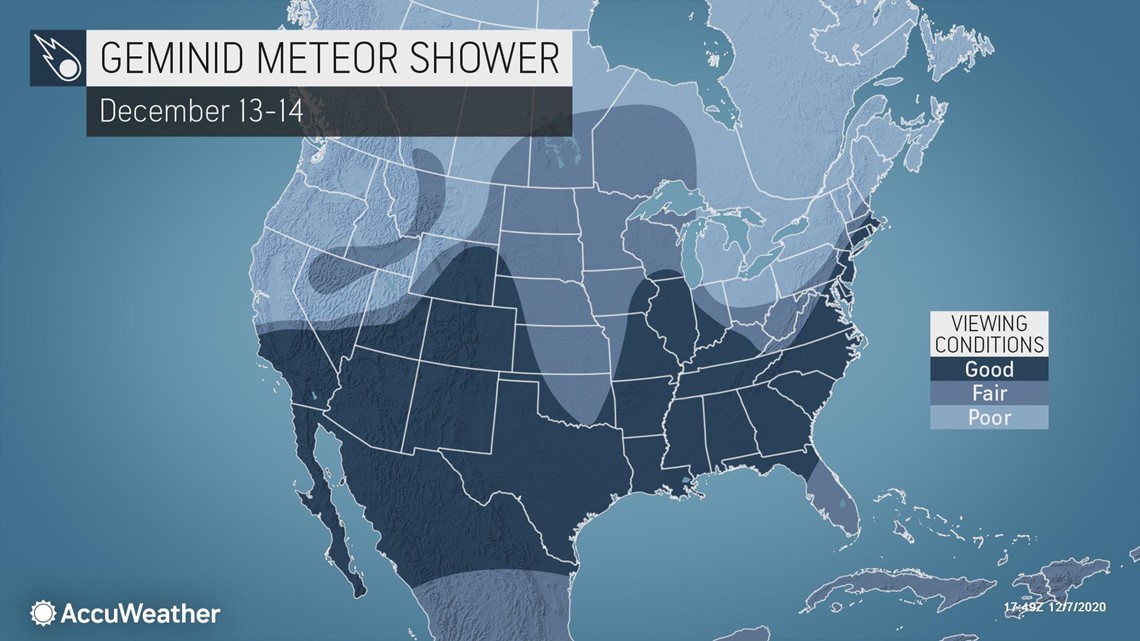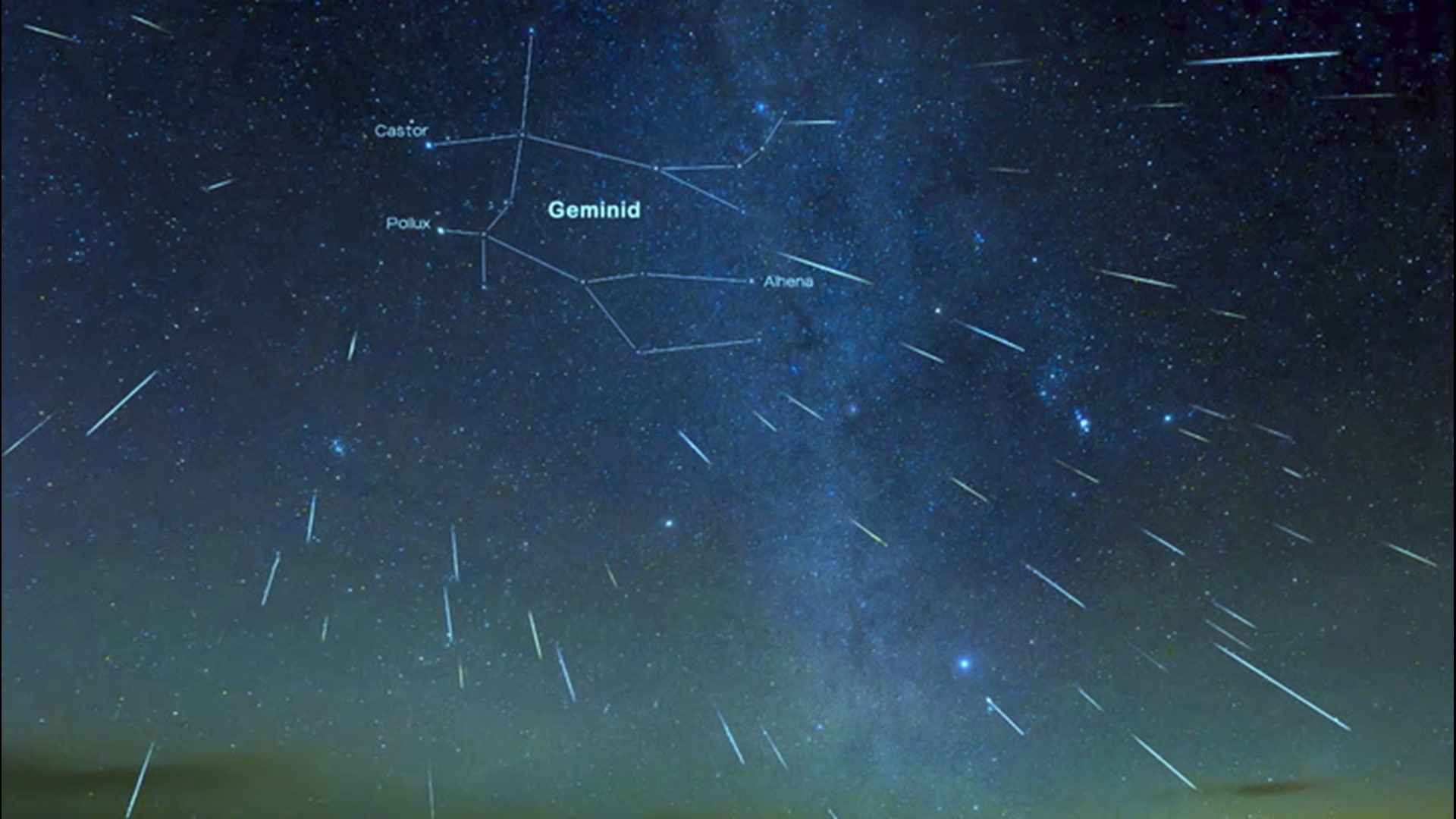A dazzling display is about to unfold in the night sky as one of the most reliable meteor showers of the entire year approaches its peak.
Every year, skywatchers around the globe circle Dec. 13 on their calendars, the night that the Geminid meteor shower reaches its climax, although the celestial light show is best seen from a spot north of the equator.
This is the perfect event for younger stargazers with an earlier bedtime as the Geminids are one of the only major meteor showers that are active during the evening. Shooting stars will start to streak across the night sky by around 9 p.m., local time, and will continue to increase in frequency through 2 a.m., local time.
For the Geminids, it is not the time of night that the shower peaks that draws curious eyes to the night sky, but the number of meteors that spark after dark.
More than 100 meteors per hour can be counted in a typical year's shower, but 2020's showing could boast as many as 150 meteors per hour in very dark areas, according to the American Meteor Society (AMS). This averages out to about two or three meteors per minute.
"The Geminids produce a good number of meteors most years, but they're made even better this year as the shower's peak coincides with a nearly new moon, thus making for darker skies, with no moonlight to interfere with the fainter meteors," NASA explained.
Light pollution from nearby cities, towns and highways can reduce the number of meteors visible to the unaided eye, so those looking to get the most out of the best meteor shower of 2020 should travel to a dark area, such as a nearby park, that has an open view of the sky.
"For the best viewing, find a safe location away from bright city lights, lie flat on the ground with your feet pointing south and look up," NASA advises. "Meteors can appear in any part of the sky, though they'll appear to radiate from near the constellation Gemini."


In addition to the high frequency of meteors, the Geminids are known for featuring shooting stars that are bright and intensely colored, the AMS said.
These colors are caused by the elements that make up the meteors. As they burn up in the atmosphere, the elements glow in vibrant colors with each color relating to a specific element.


This year's rendition of the Geminids will be best viewed from the southern half of the United States where largely cloud-free conditions are in the offing. Residents across the Plains and into the eastern Canadian Prairies may also have some glimpses of the event with partly cloudy conditions in the forecast.
Clouds will be a concern for stargazers across eastern Canada, parts of the Northeast and Ohio Valley, but areas along the I-95 corridor could end up with favorable weather on Sunday night, although light pollution is still a concern.
The stormy pattern that is setting up across the Pacific Northwest is projected to last through the weekend, spreading disruptive clouds over the region and over the northern Rockies and into Alberta and Saskatchewan.


If cloudy conditions are in the forecast for Sunday evening, folks should plan to spend some time under the stars earlier in the weekend as the Geminids will be active every night leading up to its peak.
However, hourly rates may not be quite as high on Friday night and Saturday night when compared to the peak on Sunday night.
After the Geminids have passed, skywatchers will only have two more opportunities to watch a meteor shower before there is a long spell where no major meteor showers occur.
First up is the Ursids on Dec. 21 into Dec. 22, followed by the Quadrantids on Jan. 2 into Jan. 3. After the Quadrantids fade away, the next major meteor shower will not unfold until the Lyrids in late April.
Keep checking back on AccuWeather.com and stay tuned to the AccuWeather Network on DirecTV, Frontier and Verizon Fios.

